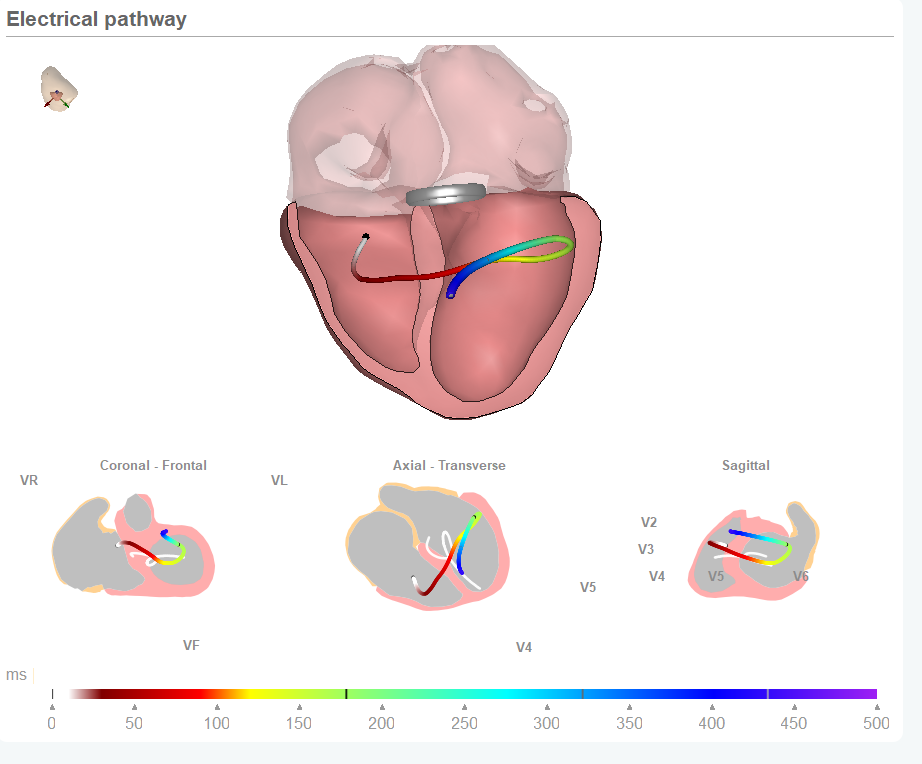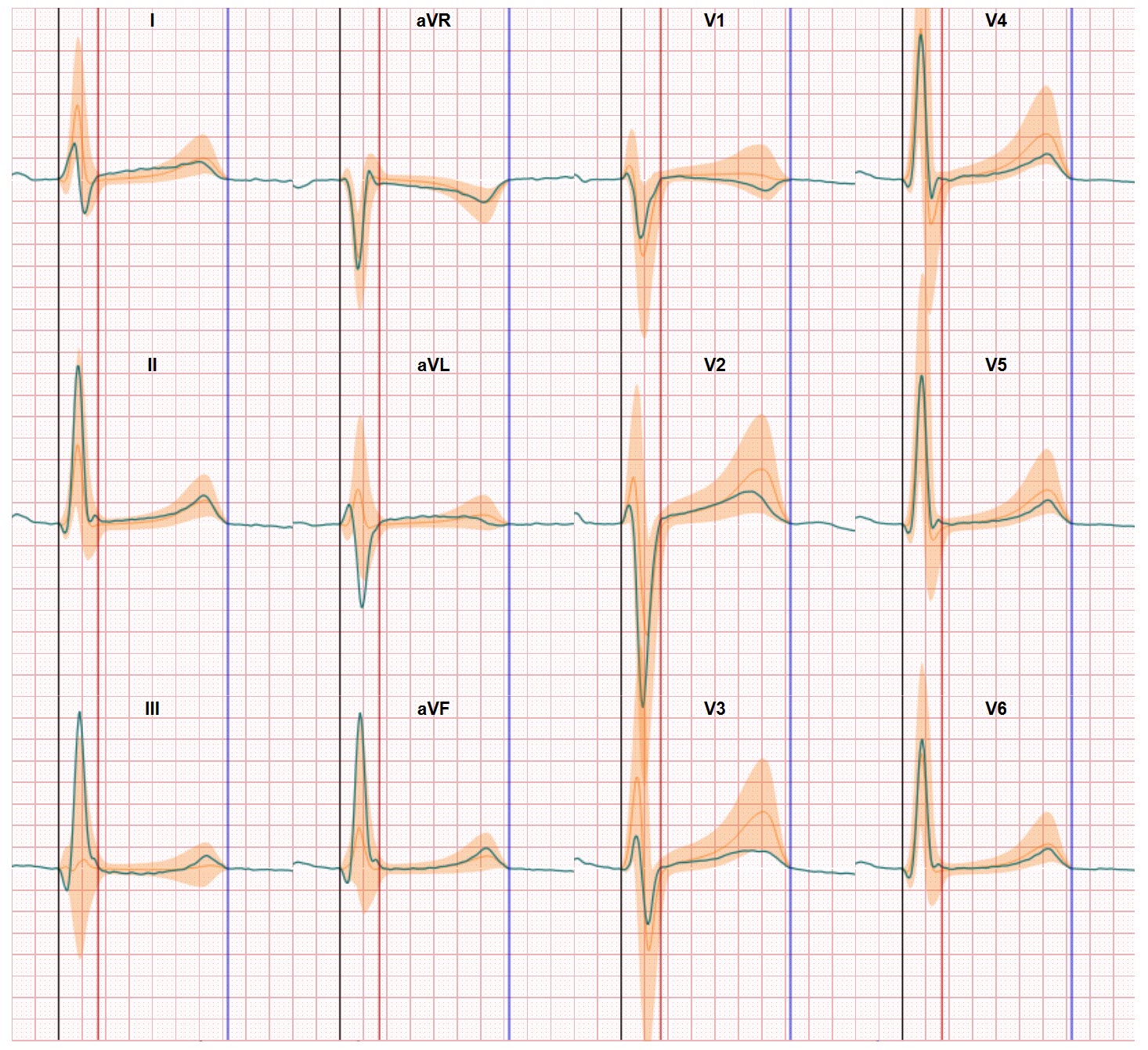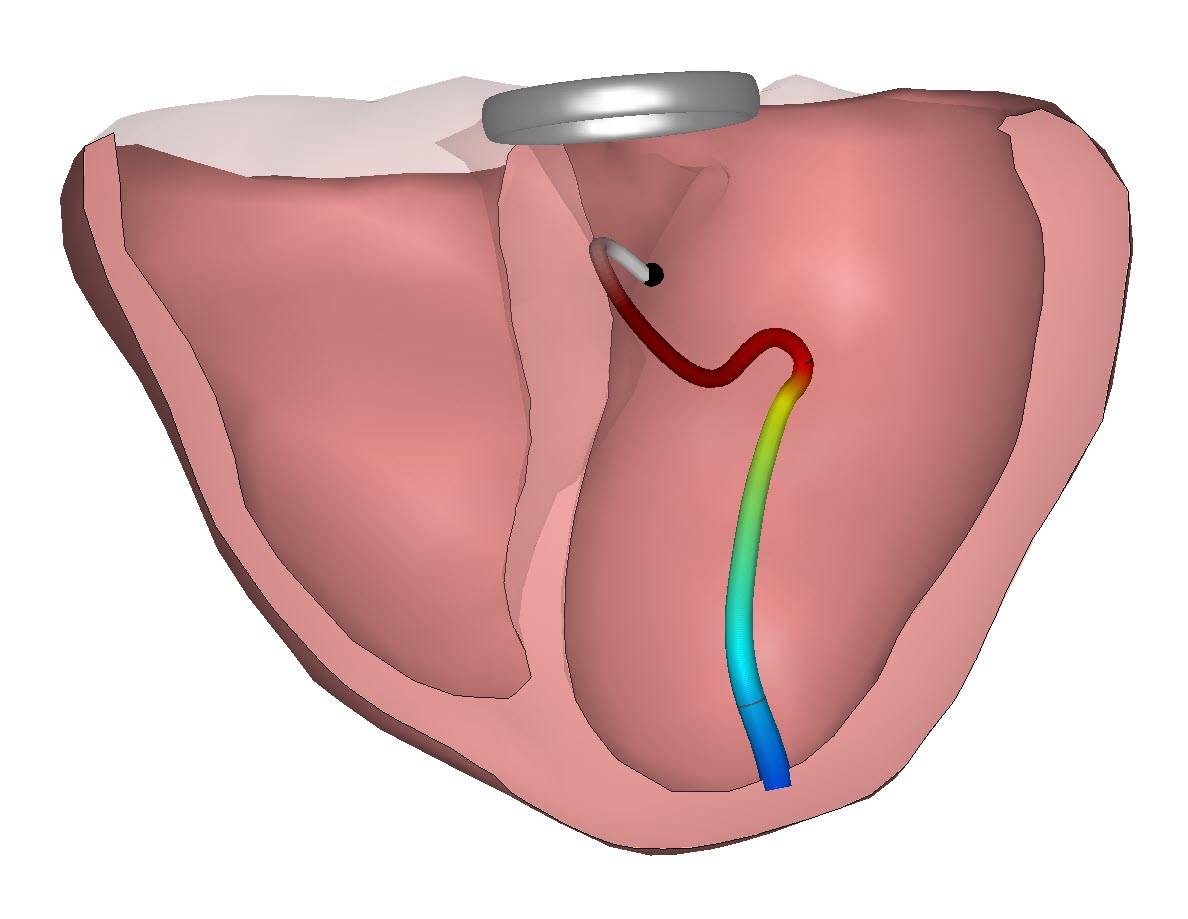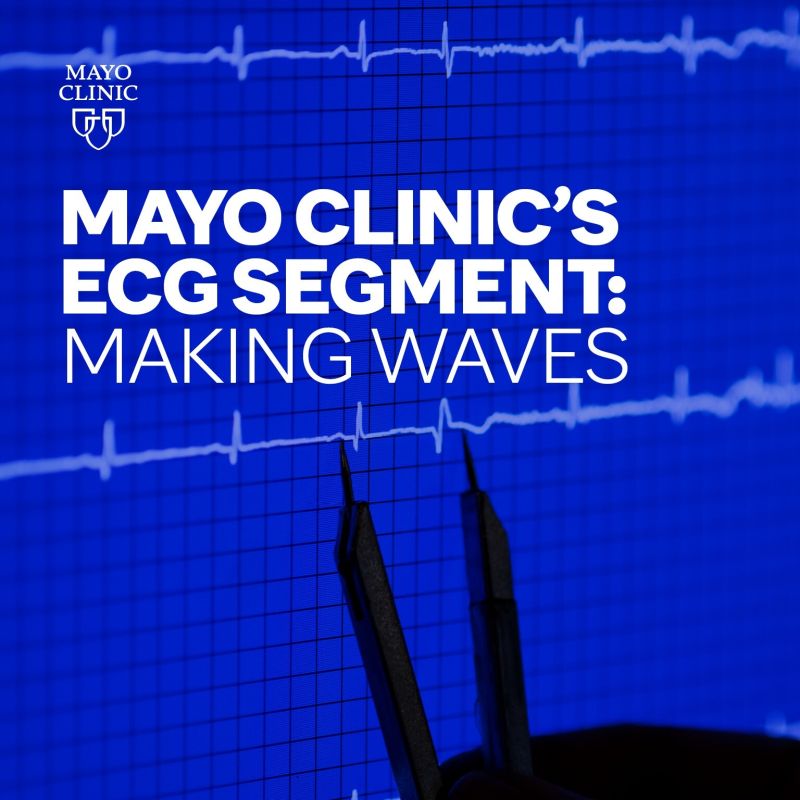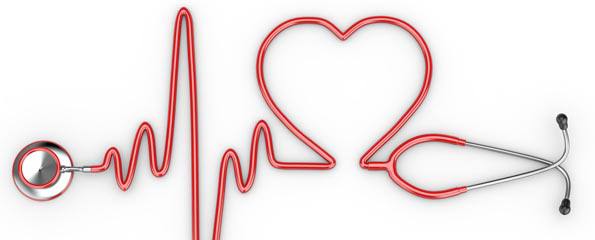Digital Health in Cardiology has made tremendous progress over the last decade. And the pandemic has further accelerated the use of new and remote technologies. Recently the World Heart Foundation has published a great report on the Roadmap for Digital Health in Cardiology.
The report was written by a great collection of innovative minds under the guidance of Jasper Tromp. You can find the report on the website of the WHF.
The roadmap for Digital Health in Cardiology identifies 4 major roadblock which now hinder a rapid roll out of the new options being developed. In future blog we will deep dive into these roadblocks but for now lets take an overall glimpse.

The key roadblocks are:
- Health Systems hinder digital health in cardiology expansion
The national (and sometimes regional) Health systems. In these systems we need regulatory pathways. Reimbursement solutions, Digital Health oriented Health Technology Assessments but overall guidelines and strategies to make these Health Systems fit to embrace Digital Cardiology solutions. - The Health Workforce lack the tools and training to cope with Digital Cardiology solutions
The current training of Health workers is mainly based on the pre-digital age solutions. This is a more common problem then the health sector but the lack of digital literacy is slowing down progress. This is no comment on the attitude of Health workers since the moral is amazing as shown in the pandemic crisis. And the unclarity of the effectiveness of applying digital solutions is another barrier. - Technology needs to accelerate in acceptance and connectivity
The current Health workers face the enormous challenge every day to step down from their private lives in which their phones and devices are constant connected to all the knowledge and data in the world and the professional live in which the electronic highway is still a Compact Disk with the patient data which is put on his chest during transport from one location in the system to another.
But furthermore the designs of the clinical software also shows a gap between what’s happening in the outside world and the remains of legacy design (e.g. black screens with green letters and figures) we so often see in clinics. - Patient acceptance can be accelerated
For most patients Digital Health in Cardiology is often not really understood. Of course they like the fancy watches with the limited ECG functionality and the saturation data but the clinical value is often misinterpreted. Again we notice an approach in which design and parameter communication is based on traditional (and often incomprehensible) notations. Patient acceptance can be stimulated by more personalized and ‘ín context’ interaction between the digital application and the patient.
From our perspective as a company focused on changing the landscape of noninvasive Cardiac Diagnostics moving forward with Digital Health in Cardiology in the only way. Our approach of computerized modelling and ECG data processing can only benefit from the lessons and recommendations in this WHF report. In the following weeks we will take deeper dives in the recommendations and solutions which are also available. And we are already happy to notice some of the major roadblocks have been addressed already in our solutions.

